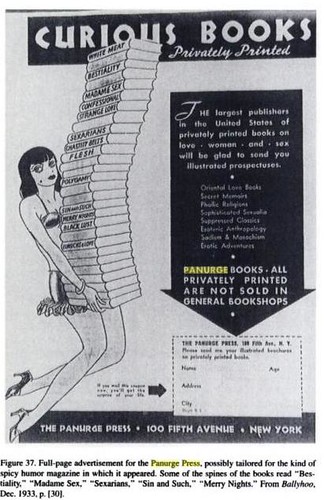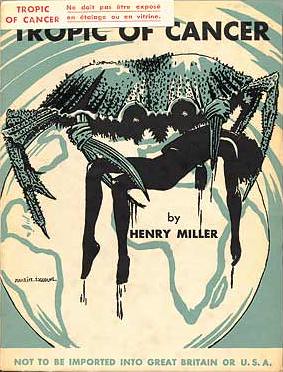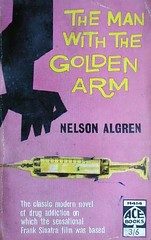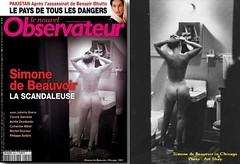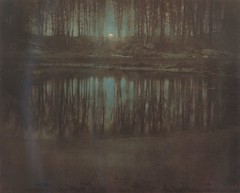Wes Anderson @40
[Youtube=http://www.youtube.com/watch?v=w6l8zrsf4LY]
Seu Jorge sings [1] “Life on Mars?” in Portuguese in The Life Aquatic
Wesley Wales Anderson (born May 1, 1969) is an American writer, producer, and director of films and commercials. In Europe, Anderson came to mainstreamish attention with The Royal Tenenbaums (2001) but my favourite of his films is The Life Aquatic with Steve Zissou (2004), not in the least because the film is his most surreal effort to date and was rather poorly received compared to his other films. Future films to be expected from Anderson are Fantastic Mr. Fox (2009), an animation of a Roald Dahl story and My Best Friend, an adaptation of the film by the same name by personal fave Patrice Leconte.
With the exception of Bottle Rocket, his films employ a similar art direction, primarily through the use of vivid primary colors. He often uses folk music and early rock as the background music in scenes. The depiction of escapism and companionship through chemicals is also one of his trademarks. Anderson, like many European art film directors before him makes use of ensemble casts of the same actors, crew members, and other collaborators. For example, the Wilson brothers (Owen, Luke, and Andrew), Bill Murray, Seymour Cassel, Anjelica Huston, Jason Schwartzman (I Heart Huckabees) and Eric Chase Anderson (Anderson’s brother). Other frequent collaborators are writer Noah Baumbach, who co-wrote The Life Aquatic, and wrote/directed his own film, The Squid and the Whale, with Anderson as producer. Also cinematographer Robert Yeoman and composer Mark Mothersbaugh.
If you like Anderson’s work, you should check the following directors working in North America: David O. Russell, P. T. Anderson, Michel Gondry, Charlie Kaufman, Spike Jonze, Vincent Gallo, Hal Hartley, Alexander Payne and Terry Zwigoff, a group of directors currently being denoted as indiewood.


